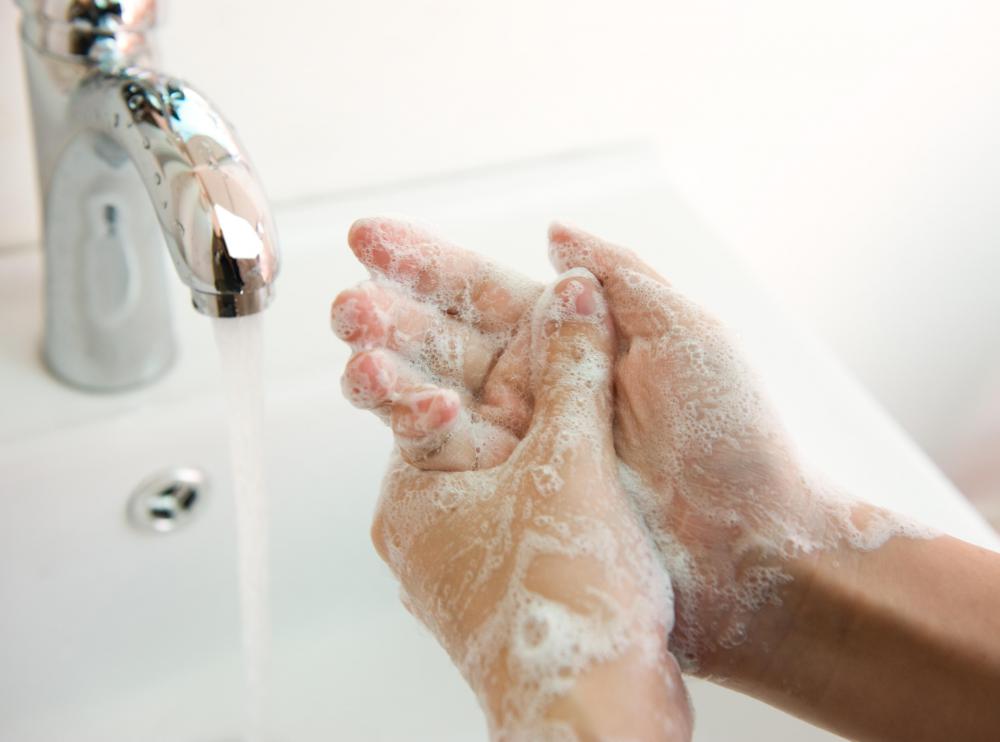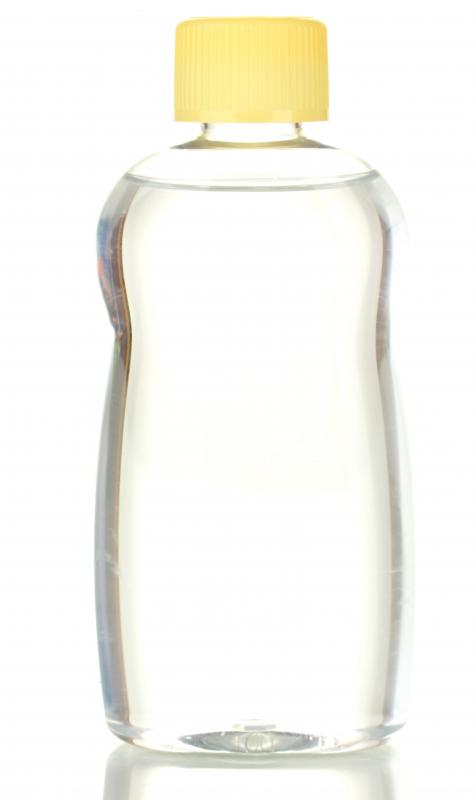At WiseGEEK, we're committed to delivering accurate, trustworthy information. Our expert-authored content is rigorously fact-checked and sourced from credible authorities. Discover how we uphold the highest standards in providing you with reliable knowledge.
What Are the Different Types of Chemical Burn Treatment?
The three types of chemical burn treatments are immediate care, home care, and emergency care. Immediate chemical burn treatment removes the chemical and quenches the burn by flushing the area with water. If the burn is smaller than the palm of the hand, the burn can probably be treated at home with cold compresses, a sterile bandage, and pain relievers. For burns larger than the palm of the hand, in or near the eye, or when the patient shows sign of shock, the chemical burn treatment is to seek emergency care. Chemical burn treatment at the hospital is to arrest further burning from any residual chemical, cool the burn, and prevent infection of the wound.
Immediate chemical burn treatment is to remove the chemical from the skin. If the chemical is a liquid, it can be removed by flushing the skin for about 15 minutes with cool water. Powered chemical can be removed by brushing it away with a dry cloth and then flushing the area with cool water for about 15 minutes. Chemical burns involving elemental metals should be flushed with mineral oil and not water. Any clothing or jewelry near the burn should be gently removed during the flushing, and the extent of the burn should be assessed to determine whether care can continue at home or if emergency attention is needed.

When the caregiver is unfamiliar with the chemical, poison control should be contacted to discuss the potential health impact of the exposure. For a chemical burn covering only a few inches of skin, treatment can continue at home by wrapping the wound with a sterile pad. No ointment of any kind should be placed on the wound unless directed by a physician, because topical creams can cause the burn to worsen or lead to infection. The patient's tetanus status should be checked and immediately updated if overdue to prevent wound infection. Over-the-counter pain relievers can be used to treat pain.

If the chemical burn is larger than a few inches, occurred in or near the eyes, or the patient shows signs of shock, the chemical burn treatment is to seek emergency care. At the hospital, the chemical wound may be treated with an antidote to neutralize any remaining chemical, cooled to contain the damage, possibly treated with an antibiotic cream, and covered with a sterile bandage. Chemical eye burns will be flushed with water until the pH level of the eye is normal, and then the eye will be evaluated by an ophthalmologist. Swelling of the eye will be controlled with steroids or glaucoma medications, and antibiotics will be started to prevent infection.
AS FEATURED ON:
AS FEATURED ON:















Discuss this Article
Post your comments